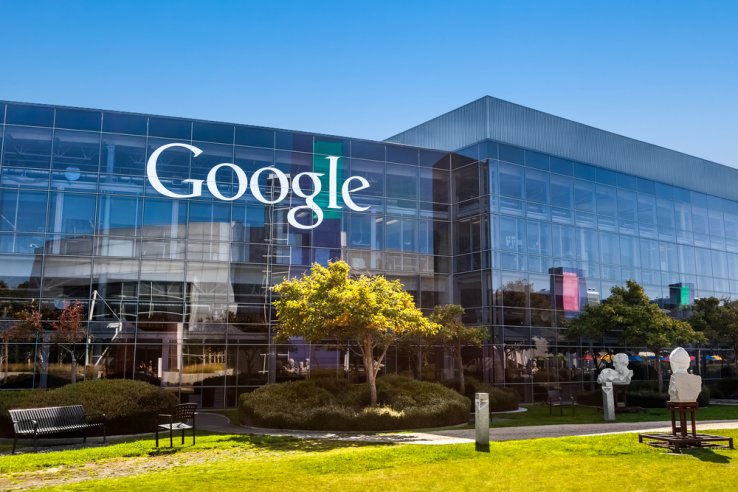
Peddling to work in a plastic bubble? It could be the transportation of the future. It’s called the Shweeb, and it may be arriving in major cities around the globe.
Invented by New Zealand cyclist Geoff Barnett, the peddle-powered bike monorail combines the sustainability and health benefits of cycling with the efficiency of a monorail to create an alternate means of transportation that has received a few raised eyebrows.
Barnett figured cycling could be made more enjoyable without common pitfalls such as poor weather, vehicles and flat tires, according to the Shweeb website. He came up with the idea for above-ground cycle expressways while working in Tokyo, and after six years at the drawing board and testing facilities, the Shweeb system was born.
Shweeb places people in plastic tubes equipped with seven-gear bike peddles that allow them to reach speeds up to 45 kilometers per hour (about 28 miles per hour). Users sit in a reclined position and choose the pace at which they want to travel.
A Shweeb monorail track prototype has already been installed in Rotorua, New Zealand as a tourist attraction. According to Peter Cossey, managing director for Shweeb, the response from New Zealand users has been nothing but positive.
“Thirty thousand happy customers, basically,” Cossey said. “We have a large group of supporters and a definite group of cynics.”
But Internet mogul Google sees the Shweeb as more than just an attraction; investors there believe it could be the commute of the future, and have invested $1.05 million in the invention.
Google became interested in Shweeb after the company applied for a grant from Google’s Project 10^100 initiative. The project seeks to fund inventive solutions to make the world a better place.
The competition is divided into categories, and this year Google received more than 150,000 applicants from 170 countries. Shweeb claimed the top honors in the “Drive Innovation in Public Transport” category.
“We looked for a concrete project where the funding available to us with Project 10^100 has the potential to yield impact,” said Google spokesperson Jamie Yood. “Shweeb’s innovative approach toward low-cost and environmentally friendly urban transport has the potential for significant impact in the future.”
Cossey said the average Shweeb monorail is put together piece by piece. The towers and rails are made off-site and then delivered and installed. The transparent pods are created in components, then assembled and placed on the track.
The advantages are many and varied, he said. The Shweeb monorail is easily accessible, relatively low cost per mile, energy efficient, beneficial to health and easily integrated into the existing urban infrastructure.
Despite these benefits, the company does not see the monorail supplanting other forms of transportation. Instead, the Shweeb system will work with the existing transportation options to make getting around a city even easier.
In response to critics who say the monorail provides no privacy and poses safety and comfort risks, Shweeb officials claim they will modify the existing plans to accommodate these concerns.
“Our best response is ‘let us build it, and then people can see how it works and what it looks like,’” Cossey said.
Story by Olivia Morrissey
Special to the Tribune




alexandra • Oct 11, 2010 at 11:22 am
if this system is to be used for transportation and commuting, i think efficiency is key. is there a part of the track that allows people to pass one another? as a cyclist who gets around on her bike, i like to get where i’m going and fast; the prospect of being stuck behind someone pedaling slowly is unappealing.